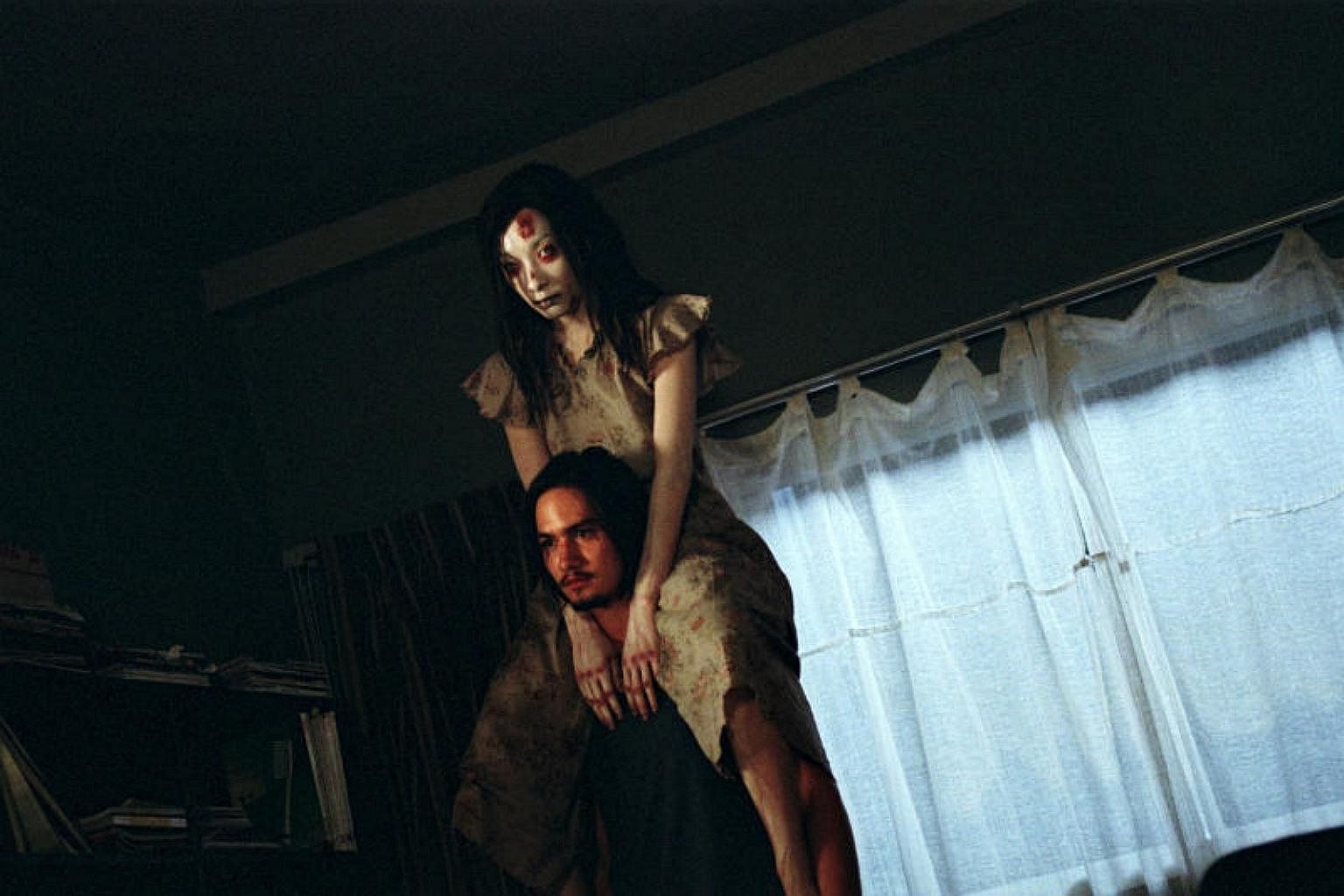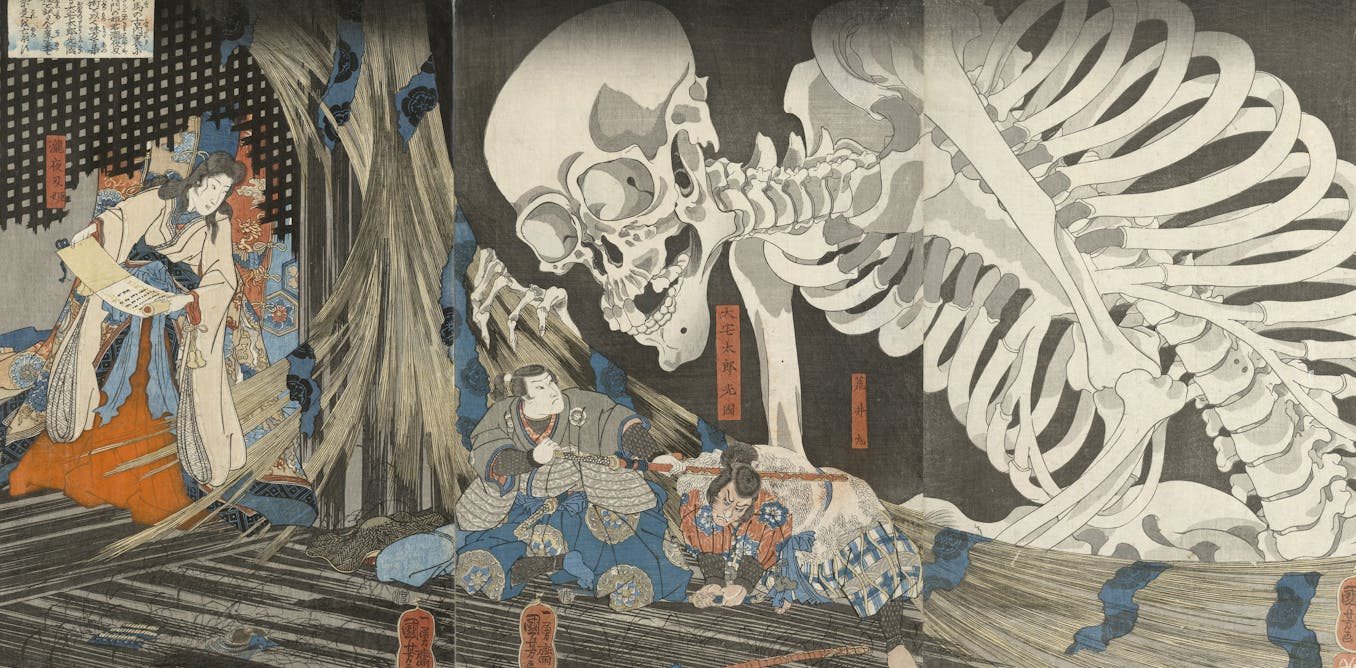Wing Woo Gar
Senior Master
Please correct me, but in Shinto isn’t it only items that are over a certain age that receive/develop a Kami? Like a 100 year old umbrella for instance. So is your sword old enough to have a Kami?I think the Japanese glyph for kokoro/shin is part of the problem because it refers to spirit/heart/mind and for sone reason the ‘spirit’ interpretation has been latched onto in English. By simply interchanging spirit for ‘mind’ and I think it becomes much more meaningful: ‘develop a strong mind’.





